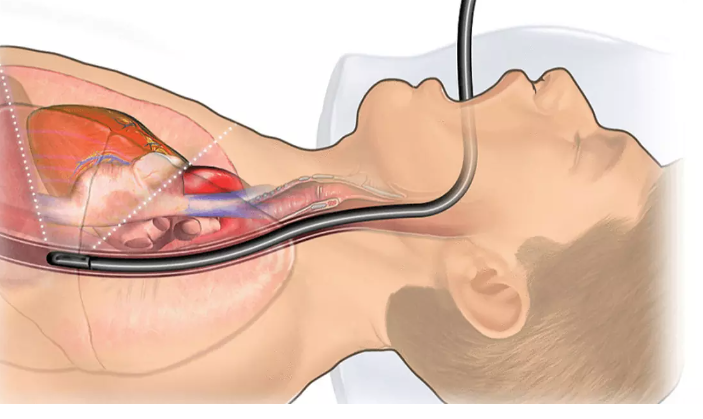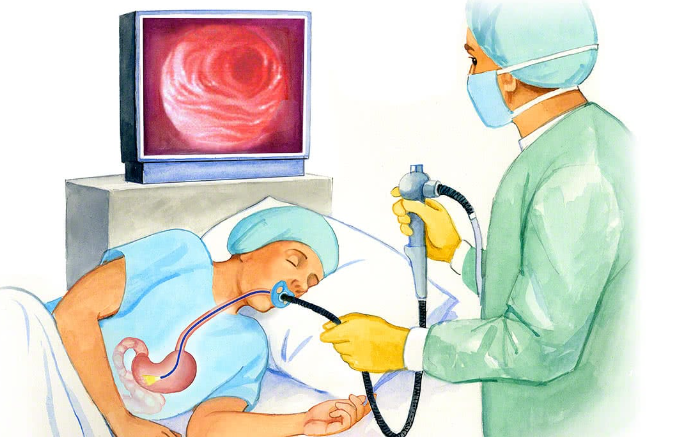GASTROSCOPY/ ENDOSCOPY
Gastroscopy, also known as upper endoscopy, involves using a thin flexible tube (endoscope) to examine the upper digestive tract. To view the areas, the tube is inserted into mouth and travel down through food pipe (oeasophagus) before entering the stomach and the first part of small intestine.


A gastroscopy, sometimes referred to as an upper endoscopy, is a frequent diagnostic technique in which the oesophagus, stomach, and duodenum—the first part of the small intestine—are seen through the use of an endoscope. An endoscope is a device containing a camera and light on one end, and a monitor linked to the outside portion. It helps to take precise pictures of the stomach and presents them on a screen with excellent clarity.
The gastroscopy surgery is highly beneficial in:
identifying food particles or items lodged in the oesophagus and the gut’s tubular ducts, as well as dysphagia, a condition characterised by difficulties swallowing
Looking for the source of persistently severe stomach pains
Identifying gastrointestinal bleeding diseases that cause iron-deficiency anaemia
identifying cases of acid reflux, heartburn, peptic ulcers, and gastroesophageal reflux disease, or GERD
addressing digestive problems such as clearing obstructions in the oesophagus and eliminating tissue protuberances such as benign polyps and tiny tumour masses that are carcinogenic
diagnosing oesophageal and stomach cancer cases
assisting people who have trouble swallowing or eating regularly in getting food and nutrients into their stomachs
